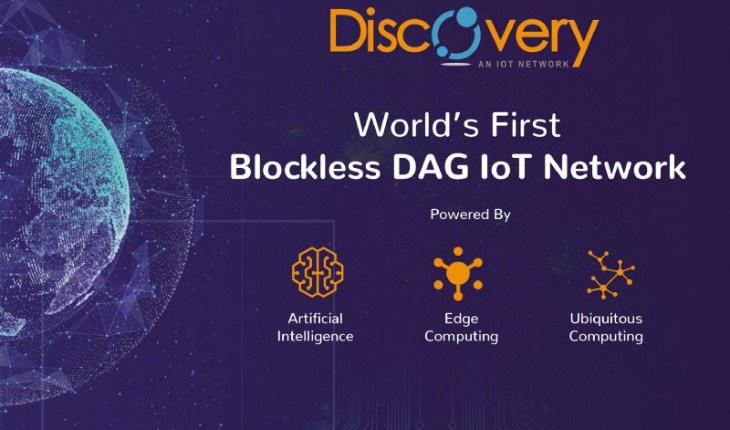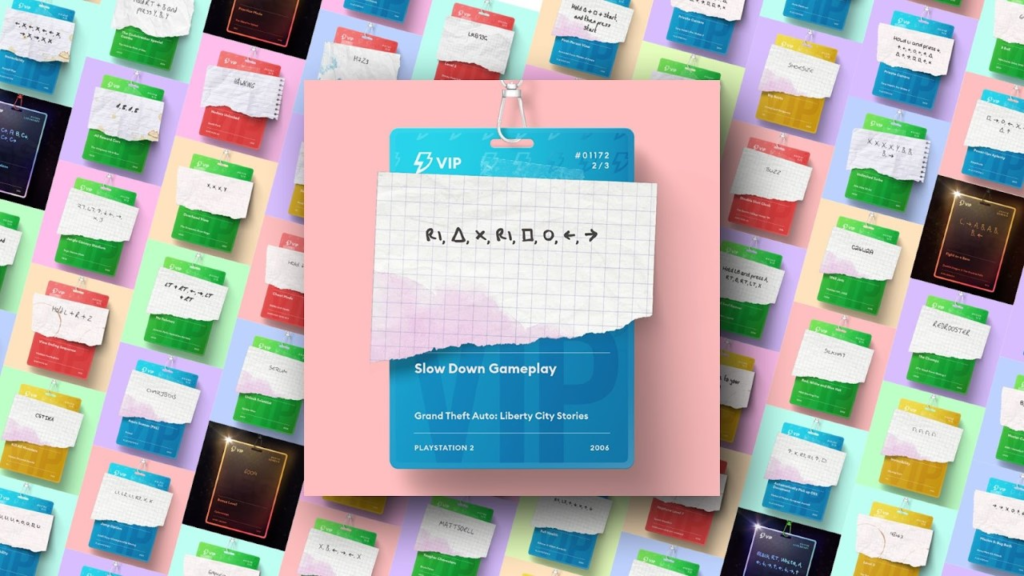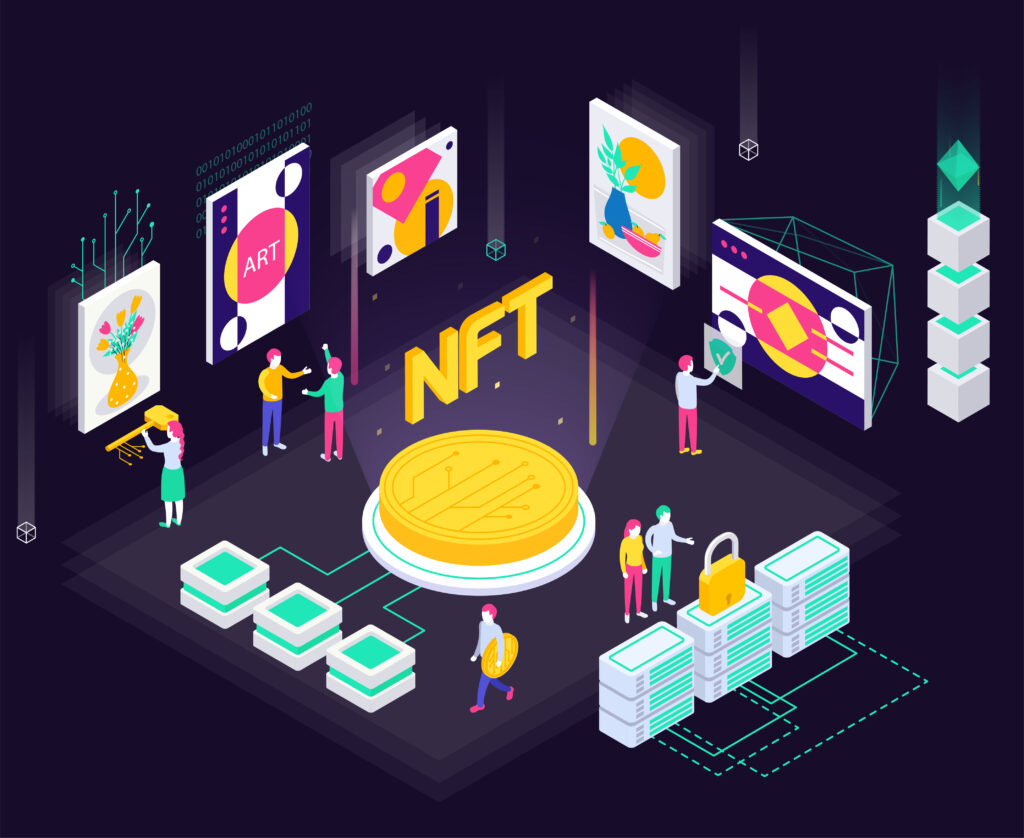
[Birkirkara, Malta, August 12] Looking to disrupt a trillion dollar market, Discovery is setting up an IoT network targeting supply chain businesses. Discovery is set to revolutionize the traditional supply chain network through its innovative solution by bringing together blockchain technology, AI and IoT. The core of the Discovery network is comprised of three layers, the Cliot IoT tag, the user community and the data analytics/Artificial Intelligence engine.
▪ Cliot is a groundbreaking innovation being carried out at the smallest scale. It is an IoT tag that utilizes backscatter technology to absorb surrounding electromagnetic waves (Cellular) to power itself up. Being developed at a cost as low as $0.10 per tag, Cliot lends itself to be a highly scalable solution for tracking everyday products. Cliot is being developed to communicate with devices within 30m range. In addition, it can also house a variety of sensors like temperature sensor, accelerometer etc., depending on various purposes.
▪ The user community is a community of smartphone users that have the Discovery application installed on their phones. These smartphones act as nodes in the network with which Cliot communicates and transmits data over WiFi or Bluetooth. The communication automatically takes place without the active involvement of any user once the phone is in Cliot’s vicinity. Once the data is transmitted to the phones, the data is then transferred to the central server via the phone’s cellular network.
▪ Data analytics forms the third layer wherein the data received from the Cliot is processed using edge computing at the smartphones and sent to the cloud to capture useful insights about the processes in the supply chain. These insights ultimately help in strategizing businesses as well as in maintaining the quality of the products in supply chain. There is also an AI engine built into this layer, to give meaningful and predictive information to clients about their supply chain.
The Utility of Discovery Network
Streamlining supply chain provides businesses an opportunity to improve revenues as well as reduce waste, without having to suffer great amount of revenue loss through stock-outs, stock-obsolescence, untimely delivery, poor product quality, etc. Therefore, in the developed economies where retail is organized, Discovery’s solution provides optimization of businesses by giving access to deep insights from the sales data the network gathers. However, Discovery’s solution has the biggest disruptive potential in the developing economies in Asia and Africa where retail is highly disorganized. It’s almost impossible for clients to access retail data in such markets and the businesses often suffer from issues like stock-outs. Discovery’s network, therefore, has a scope to be a massively successful solution in these markets and its utility can be summarized below:
▪ Low-cost tracking
With the Cliot tag priced at $0.10 and tracking cost as low as $0.04 per product per month, Discovery’s solution is inexpensive compared to the existing solutions available. Being cost effective, the solution can be massively adopted for daily products.
▪ Real-time visibility
Discovery’s solution enables clients to get real-time insight into their stocks and supply chain management. This insight would provide an effective decision-making tool for forming successful business strategies.
▪ Artificial intelligence
The third layer that forms the Discovery network incorporates AI which enhances the network’s capability by providing clients with predictable and actionable information. This predictive capability can help clients avoid issues like stock-outs while the AI gets smarter as more information is added to Discovery database.
▪ Custom analytics report
The data analytics layer of Discovery can provide clients with customized reports of their sales data according to the unique requirement of each brand.
▪ Customer and retailer relations
As retailers do not receive any direct incentive in sharing sales data, they are likely not motivated to do so. In addition, it is not possible to know the retailer performance without having access to the sales data. With Discovery’s solution, companies do not have to deal with retailers as the products tagged with Cliot transmit relevant data.
Besides the utility that Discovery network allows for clients, the user community who facilitates the network’s expansion is also benefited in the following ways:
▪ Instant rewards
The community members who lend their data to the Discovery’s network are rewarded on a daily basis without any delay.
▪ Passive Income
The network is built such that community members are not required to be actively involved in the data collection from Cliot. The Discovery application only needs to be run in the background which can automatically pair up with Cliot tag as the user is in its vicinity.
▪ Guaranteed security
The data collected through Discovery network is de-granularized and individually identifiable information is not shared, thus ensuring highest level of privacy and security.
▪ Control over the data limit
Discovery provides users an option to configure the data limit according to user preferences in the application and it also allows them to set geographical limitations.
If you would like more information about this topic, please contact Selvam VMS through selvam.vms (at the rate) discoveryiot.com .
Source: Esthan, a tech PR Firm, and an Official PR partner of DiscoveryIoT
Contact: Sharon Pradhan
Phone: 905-728-5982
Email: [email protected]
















Because the admin of this web page is working, no question very soon it will be
renowned, due to its feature contents.
You need to be a part of a contest for one of the greatest websites online.
I’m going to recommend this website!
Admiring the time and effort you put into your blog and detailed
information you present. It’s great to come across a blog every once in a while that isn’t the same old rehashed material.
Wonderful read! I’ve saved your site and I’m adding your RSS feeds to my Google account.